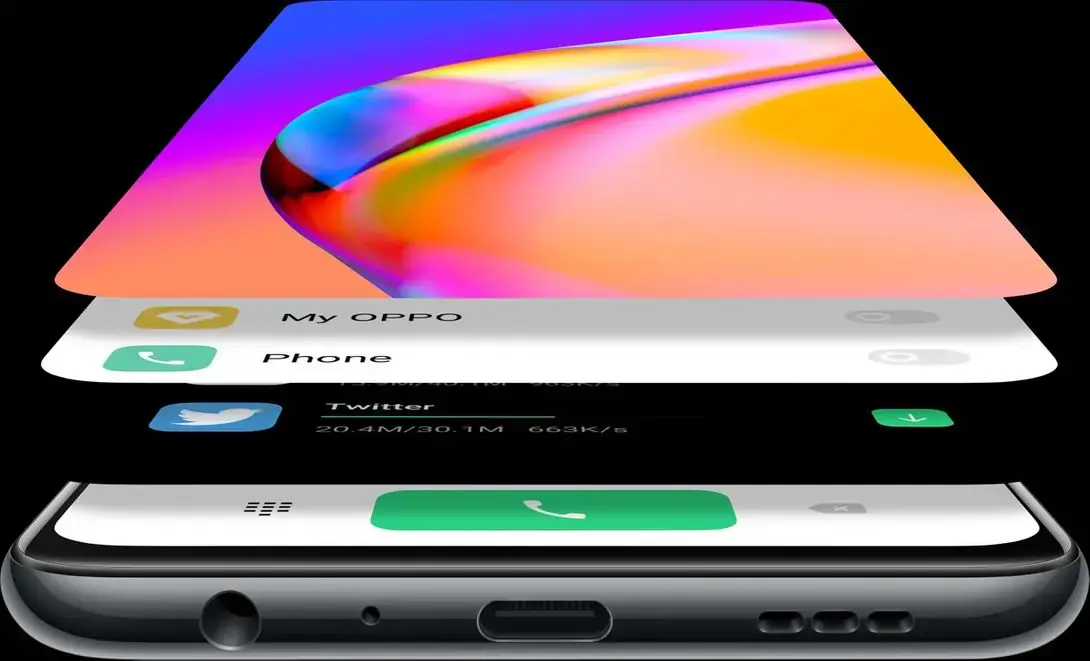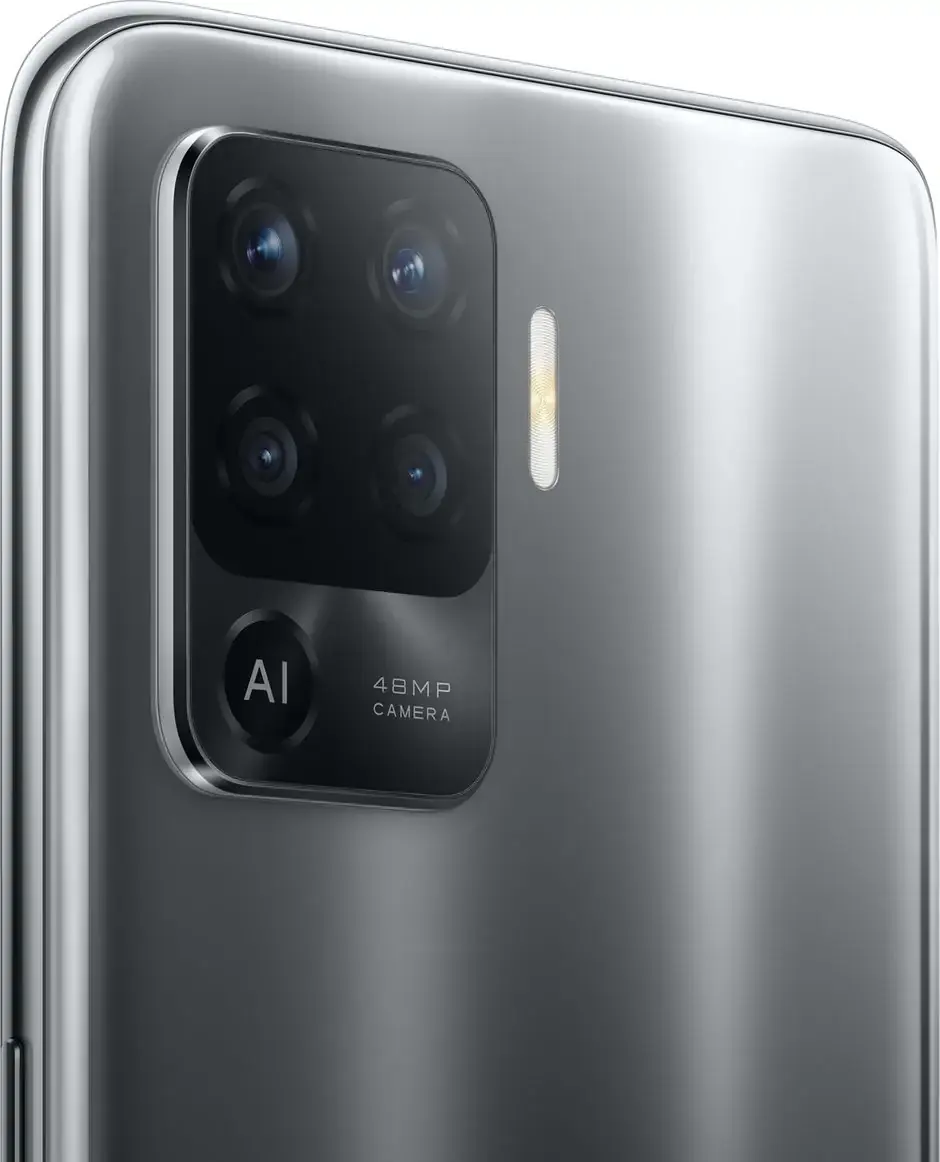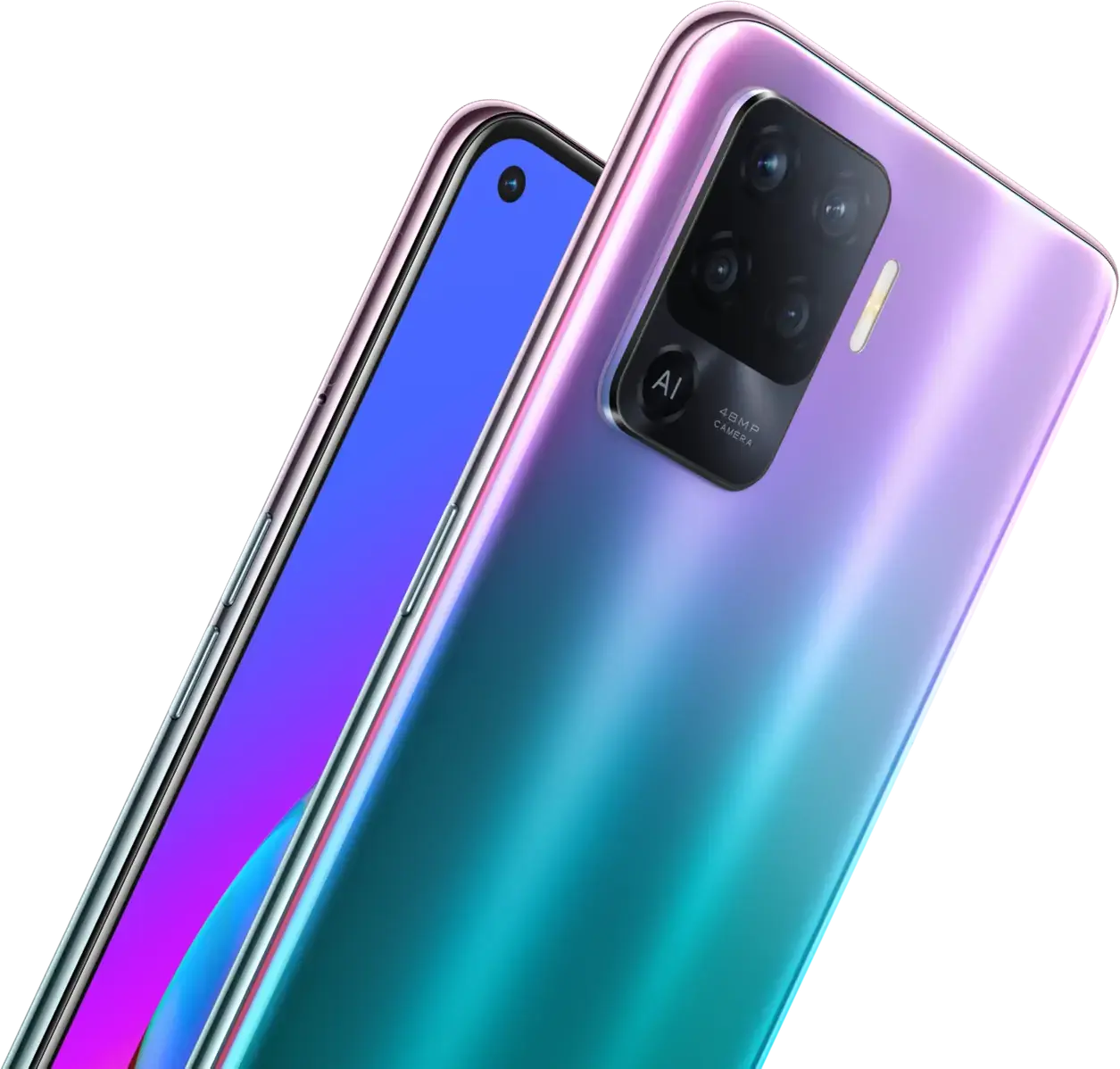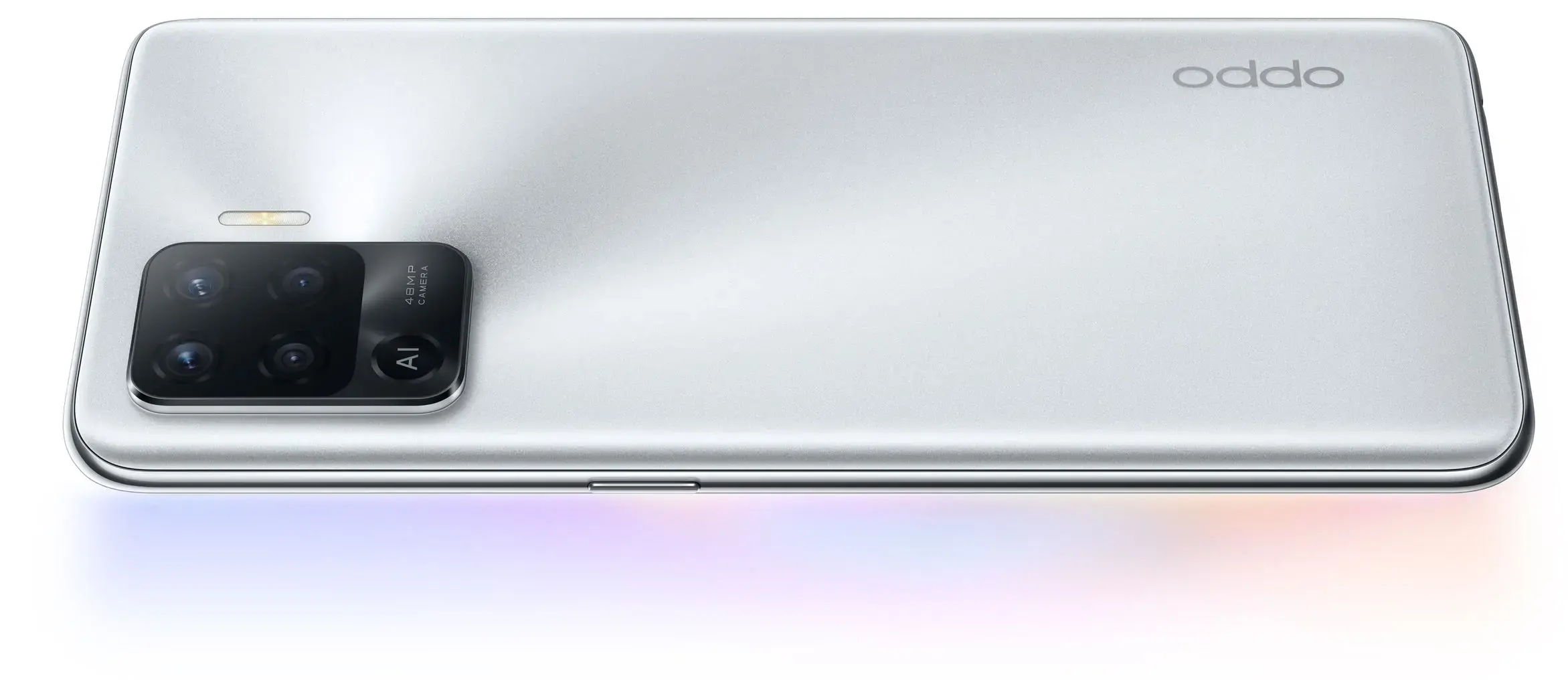

Oppo F19 Pro Full Specifications and Price in United States, Europe and United Kingdom:
| First Release | March 17, 2021 |
| Colors | Fluid Black, Space Silver |
| Connectivity | |
|---|---|
| Network | 2G, 3G, 4G |
| SIM | Dual Nano SIM |
| WLAN | dual-band, Wi-Fi direct, Wi-Fi hotspot |
| Bluetooth | v5.0, A2DP, LE |
| GPS | A-GPS, GLONASS, GALILEO, BDS |
| Radio | FM |
| USB | v2.0 |
| OTG | Yes |
| USB Type-C | Yes |
| Body | |
| Style | Punch-hole |
| Material | Glass front, plastic body |
| Water Resistance | ✖ |
| Dimensions | 160.1 x 73.2 x 7.8 millimeter |
| Weight | 172 grams |
| Display | |
| Size | 6.43 inches |
| Resolution | Full HD+ 1080 x 2400 pixels (409 ppi) |
| Technology | Super AMOLED Touchscreen |
| Protection | ✖ |
| Features | 60Hz refresh rate, 800 nits max. brightness |
| Back Camera | |
| Resolution | Quad 48+8+2+2 Megapixel |
| Features | PDAF, LED flash, 119º ultrawide, depth, macro & more |
| Video Recording | Ultra HD 4K (2160p), gyro-EIS |
| Front Camera | |
| Resolution | 16 Megapixel |
| Features | HDR, f/2.4, 1/3.06″, 1.0µm & more |
| Video Recording | Full HD (1080p) |
| Battery | |
| Type and Capacity | Lithium-polymer 4310 mAh (non-removable) |
| Fast Charging | 30W Fast Charging |
| Performance | |
| Operating System | Android 11 (ColorOS 11.1) |
| Chipset | Mediatek Helio P95 (12 nm) |
| RAM | 8 GB |
| Processor | Octa core, up to 2.2 GHz |
| GPU | PowerVR GM9446 |
| Storage | |
| ROM | 128 (UFS 2.1) |
| MicroSD Slot | Dedicated slot |
| Sound | |
| 3.5mm Jack | Yes |
| Features | Loudspeaker |
| Security | |
| Fingerprint | In-display (optical) |
| Face Unlock | Yes |
| Others | |
| Notification Light | |
| Sensors | Fingerprint, Accelerometer, Gyroscope, Proximity, E-Compass |
| Manufactured by | Oppo |
Oppo F19 Pro Price in United States, Europe and United Kingdom:
| United States | $ 300.00 |
| Europe | € 252.00 |
| United Kingdom | £ 210.00 |





Oppo F19 Pro is a stylish and powerful smartphone designed for young and dynamic individuals. With its sleek 6.4-inch AMOLED display and slim 3D body, it fits comfortably in your hand and offers an immersive visual experience. The F19 Pro boasts a high-capacity 4500mAh battery, which powers a fast and efficient MediaTek Helio P95 octa-core processor, ensuring a smooth and lag-free performance throughout the day.
The smartphone features an impressive quad-camera setup, including a 48MP main camera, 8MP ultra-wide-angle camera, 2MP macro camera, and 2MP mono camera, allowing you to capture life’s moments in stunning detail and variety. Oppo F19 Pro also sports a stylish gradient finish and comes in two trendy colours: Fluid Black and Space Purple.
Running on ColorOS 7.2, based on Android 11, the Oppo F19 Pro offers a user-friendly interface and seamless navigation. Enjoy advanced security features such as a rear fingerprint scanner and Face Unlock technology, which provide quick and secure unlocking methods. Stay connected with friends and family using the latest 4G LTE network and Bluetooth 5.0 technology.
Whether you’re streaming videos, playing games, or simply staying connected, Oppo F19 Pro delivers an exceptional smartphone experience at an affordable price point. Upgrade your mobile lifestyle with this impressive device and discover a world of possibilities!
Disclaimer: We can not guarantee that the information on this page is 100% correct. Read more
FAQ:
- Display: The screen display is one of the most important parts of a smartphone. It shows the user interface, apps, photos, videos, and other visual content. Displays come in different sizes, resolutions, and technologies such as LCD, OLED, AMOLED, and Retina.
- Processor: The processor is the brain of a smartphone. It handles all the calculations, operations, and tasks that the phone performs. Popular smartphone processors include Qualcomm Snapdragon, Apple A-series, and Huawei Kirin.
- RAM (Random Access Memory): RAM temporarily stores data and applications that the processor uses. More RAM means faster performance, smoother multitasking, and better gaming experience. Most smartphones have at least 4GB of RAM, but some high-end models offer up to 16GB or more.
- Storage: Smartphones have internal storage where the operating system, apps, photos, videos, and other files are stored. Some phones also have expandable storage via microSD cards. Common storage capacities range from 16GB to 512GB.
- Camera: Smartphone cameras have improved significantly over the years, offering advanced features like optical zoom, portrait mode, night mode, and video recording in 4K or higher resolution. Front cameras are typically used for selfies and face recognition.
- Battery: The battery life of a smartphone depends on various factors like screen size, processor, usage patterns, and software optimization. Many smartphones now support fast charging, wireless charging, or both. Battery capacities usually range between 2000mAh and 5000mAh.
- Operating System: The operating system manages the hardware and software resources of a smartphone. Popular smartphone OSes include Android, iOS, and Windows. Each has its unique features, app ecosystem, and user interface.
- Connectivity: Smartphones often feature multiple connectivity options like Wi-Fi, Bluetooth, NFC, GPS, and cellular networks (e.g., 4G, 5G). These allow users to access the internet, pair devices, navigate, and communicate with others.
- Audio: Smartphones may have speakers, earpieces, or headphones for audio output. Some phones also have specialized audio chipsets for enhanced sound quality or noise cancellation.
- Sensors: Various sensors inside smartphones enable features like fingerprint scanning, facial recognition, accelerometer, gyroscope, proximity detection, and ambient light measurement. These enhance user experience, security, and functionality.
- Durability: Smartphones are made with materials like glass, metal, or plastic. Some phones have IP ratings for dust and water resistance, which protect against accidental exposure to liquids or solid particles.
- Charging port: Smartphones require charging ports to replenish their batteries. Common charging ports include USB-C, Lightning (for iPhones), and Micro-USB (less common nowadays). Wireless charging pads or stands eliminate the need for cables.
- Buttons and controls: Physical buttons and touch controls facilitate navigation and operation. Common buttons include power, volume, and camera shutter release. Some phones use on-screen navigation keys or gesture-based interfaces.
- Antennas: Smartphones contain antennas for cellular communication, GPS, and Wi-Fi. They may be located at the top or bottom edges, or integrated into the device’s body.
- Fingerprint reader: Many smartphones feature fingerprint readers for biometric authentication. These can be physical buttons or optical scanners embedded under the display. Face ID systems are also becoming popular alternatives.